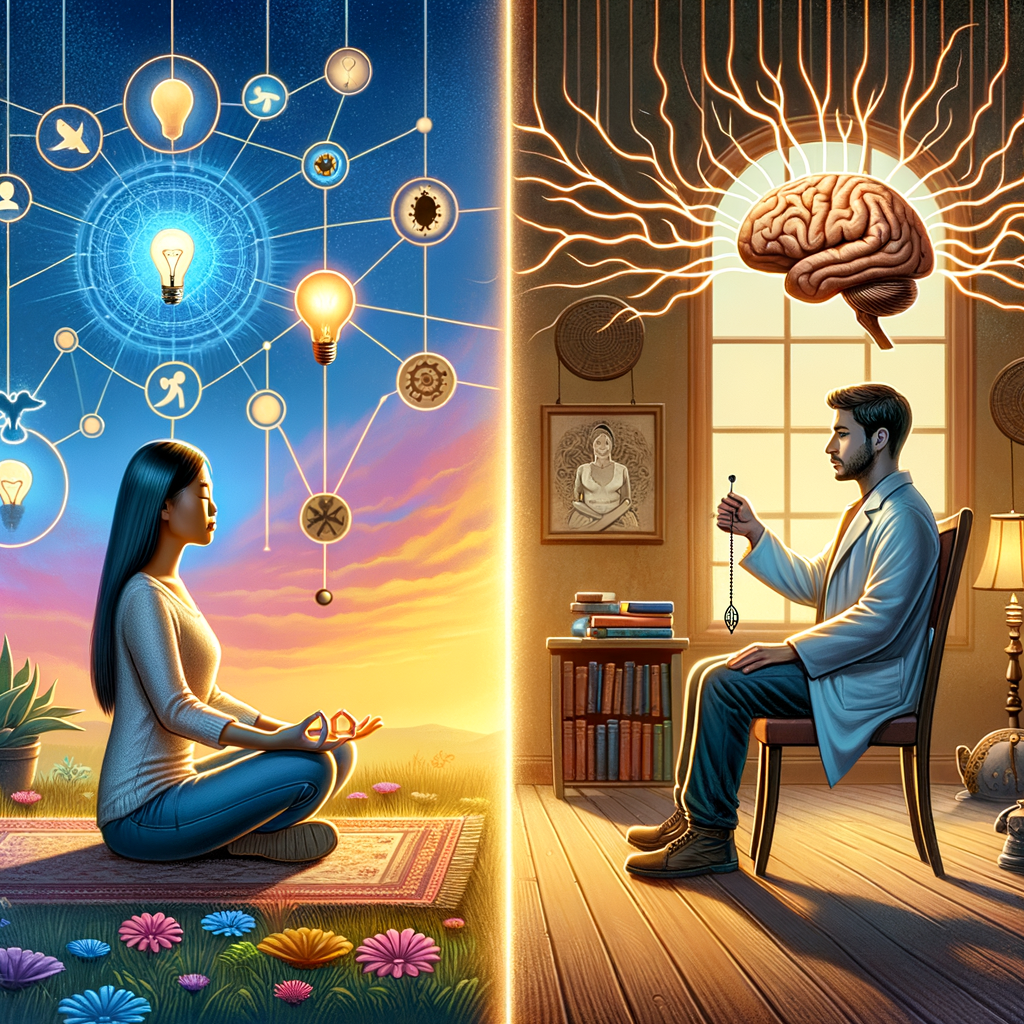Incorporating Mindfulness into Your Self-Care Rituals
In our fast-paced world, where distractions abound and stressors are ever-present, the notion of self-care has become paramount. However, the true essence of self-care extends beyond mere indulgence; it embodies a holistic approach that promotes mental, emotional, and physical well-being. One powerful practice that can significantly enhance your self-care routine is mindfulness.
Understanding Mindfulness
Mindfulness is the practice of staying present and fully engaging with the moment without judgment. It allows individuals to observe their thoughts and feelings with acceptance and without distraction. Research has shown that mindfulness can lead to a multitude of benefits, including:
- Reduced stress and anxiety
- Improved emotional regulation
- Enhanced focus and concentration
- Greater self-awareness
By incorporating mindfulness into your self-care rituals, you not only nurture your mental health but also cultivate a deeper connection with yourself.
Ways to Incorporate Mindfulness into Self-Care Rituals
Integrating mindfulness into your daily self-care practices can be simple and rewarding. Below are several effective methods you can explore:
1. Mindful Breathing
Mindful breathing is a fundamental practice to ground yourself in the present moment. Follow these steps:
- Find a quiet space where you will not be disturbed.
- Close your eyes, inhale deeply through your nose, allowing your abdomen to rise.
- Exhale slowly through your mouth. Focus solely on your breath.
- If your mind wanders, gently redirect your focus back to your breath.
Start with just five minutes daily, gradually increasing the duration as your comfort grows.
2. Mindful Eating
Transforming mealtime into a mindfulness practice can profoundly affect your relationship with food. Here’s how:
- Eliminate distractions by turning off devices and sitting at a calm table.
- Observe the colors, textures, and aromas of your food.
- Chew slowly and savor each bite, paying attention to the flavors.
- Notice how your body feels during and after eating.
3. Nature Walks
Engaging with nature can heighten your mindfulness experience. Consider the following:
- Choose a natural setting, such as a park or trail.
- Walk slowly, focusing on the sensations of your feet touching the ground.
- Observe your surroundings: the sound of the wind, the rustle of leaves.
- Practice gratitude by acknowledging the beauty of the world around you.
Creating a Mindful Self-Care Routine
To create a comprehensive routine, consider the following steps:
- Identify Your Needs: Reflect on areas of your life that require nurturing, be it emotional, physical, or spiritual.
- Set Intentions: Establish mindful intentions for your routines, such as “I purposefully cultivate peace this evening.”
- Be Consistent: Incorporate these practices into your daily life while being flexible and forgiving of yourself.
Conclusion
Incorporating mindfulness into your self-care rituals lays the groundwork for a more balanced and fulfilling life. By staying present in each moment, whether it be while eating, breathing, or walking in nature, you embrace the transformative power of awareness and compassion. As you embark on this journey, remember that mindfulness is not about perfection; it is a practice of gentle awareness and acceptance. Embrace it fully, and watch as it enriches not only your self-care practices but your entire life.
There you have it… See what works for you…
Campbell M Gold
To Create Health, Wealth, Success, and Longevity through the Power of Your Subconscious Mind, Visit: Campbell M Gold.com
Visit The Store and see what else can be of help









